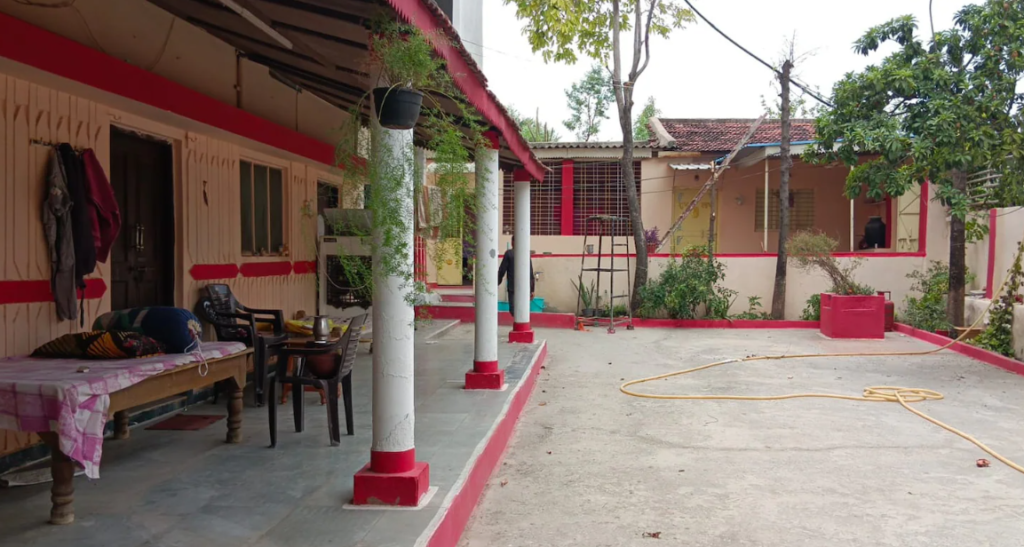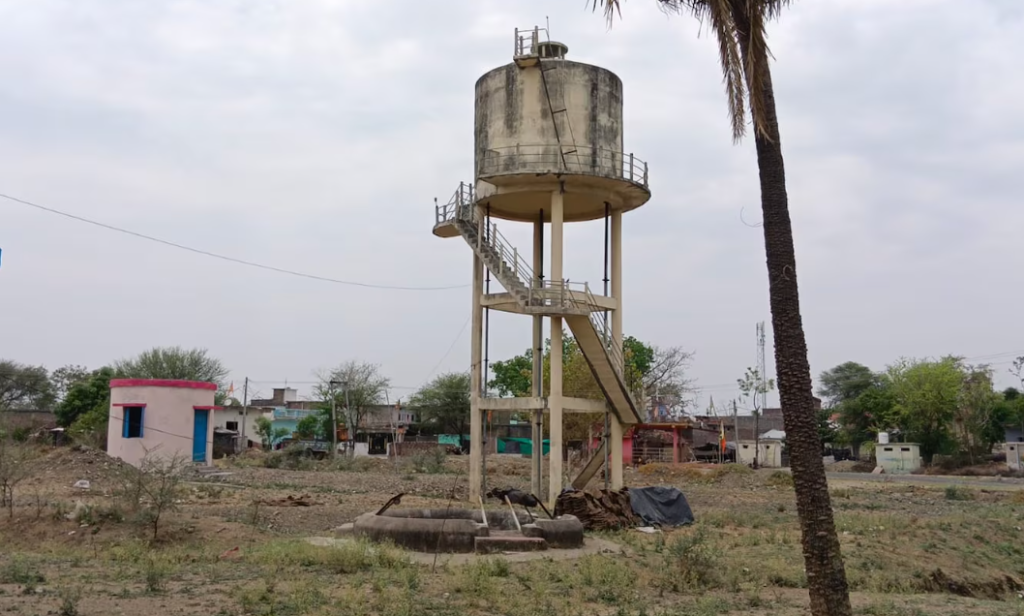Latest season of series Panchayat is out, and it is ready to take you into village Phulera. In series, it has been shown that the place falls in district Baliya in Uttar Pradesh. However, the shooting has been taken place in Mahodiya village which is in Madhya Pradesh. Let’s explore the captivating world of Mahodiya village, the real-life counterpart of the fictional Gram Phulera portrayed in the beloved series “Panchayat.” As we explore this charming locale, we’ll uncover its rich tapestry of culture, history, and everyday life.
Mahodiya Village: Where Fiction Meets Reality
1. The Geographical Canvas:
Nestled amidst rolling hills and lush greenery, Mahodiya stands as a testament to rural India’s timeless beauty. Its location in the Sehore district of Madhya Pradesh adds to its allure. Imagine waking up to the melodious chirping of birds, the scent of freshly plowed earth, and the warmth of a close-knit community.
2. The Real-Life Gram Phulera:
While “Panchayat” conjured the fictional village of Phulera, the actual filming location was Mahodiya. Here’s a closer look at the key spots that came alive on screen:

a. Pradhan Ji’s House:
The quaint home of the village head, where decisions are made, disputes settled, and community matters discussed. The wooden pillars, thatched roof, and mud-plastered walls evoke a sense of tradition and continuity.

b. The Famous Water Tank:
Remember those scenes by the water tank? Well, it’s a real spot in Mahodiya! The tank, weathered by time, stands as a silent witness to countless conversations, laughter, and shared moments.

c. The Panchayat Office:
Abhishek Tripathi’s workplace, where village affairs unfold. The modest office, adorned with faded posters and a creaky wooden chair, mirrors the bureaucratic simplicity of rural administration.
d. The Bridge:
A picturesque bridge connecting the village, where Abhishek often walks, lost in thought. The bridge spans not only the river but also the gap between tradition and modernity.
e. The Temple:
Mahodiya’s serene Shiva temple, nestled under ancient banyan trees. Devotees gather here, seeking solace and blessings. The temple’s stone walls echo with whispered prayers and the fragrance of incense.
3. Life Beyond the Series:
Mahodiya isn’t just a backdrop for “Panchayat.” It’s a living canvas where everyday life unfolds:
a. The Morning Bazaar:
As dawn breaks, the village market comes alive. Farmers display fresh produce—vibrant vegetables, fragrant spices, and handwoven textiles. The air buzzes with negotiations and camaraderie.
b. Festivals and Celebrations:
Mahodiya celebrates festivals with gusto. From Holi (where colors dance in the air) to Diwali (when oil lamps illuminate every home), the village exudes joy and togetherness.
c. The Fields and Harvests:
Golden wheat fields stretch to the horizon. Farmers, their hands weathered by labor, sow seeds, tend crops, and reap the fruits of their hard work. The rhythm of seasons shapes their lives.
4. Road Trip Options:
For travelers seeking an authentic experience, Mahodiya beckons:
- From Bhopal (48.7 km away): The road winds through verdant landscapes, passing small hamlets and ancient temples.
- From Indore (153.2 km away): The journey reveals the heart of Madhya Pradesh—the fusion of tradition and progress.
5. The Soul of Mahodiya:
Beyond the physical landmarks, Mahodiya’s soul lies in its people—their resilience, laughter, and shared stories. Elders gather under the banyan tree, passing down wisdom. Children play cricket in dusty lanes, dreaming of futures beyond the village.
And so, as we bid farewell to Gram Phulera and embrace Mahodiya, we honor the magic of storytelling that bridges reality and imagination.